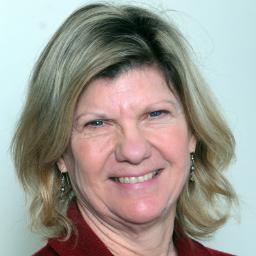Sun-Times Lays Off Entire Photo Staff via @cnguild twitter.com/JournalistsLik…
— StuffJournalistsLike (@JournalistsLike) May 30, 2013
This continues a series on advice for new top editors in Digital First Media newsrooms.
Newsroom strategy needs to be bold. But you also need to know what digital audiences value.
On the boldness scale, I give a little credit to the editor (and/or corporate executive) who decided to cut the entire photo staff of the Chicago Sun-Times. While I oppose and mourn every cut in newsroom staff, I have said news organizations need to decide what to stop doing. If you have to cut, I think I’d normally have more respect for leaders with the guts to make a strategic cut — such as cutting an entire department — than those who just helplessly erode the whole newsroom across the board.
As I read the outpouring of outrage, sympathy and support for the Sun-Times photo staff in social media yesterday, the part of me that loves bold leadership and recognizes that sentimentality and affection can’t guide business decisions wanted to defend this decision. But I can’t get there.
This strategy overlooks what the audience values.
Most top editors come up through the writing and editing ranks, not from the photo staff, so our default settings favor paragraphs over photographs. But our users engage more deeply with visual images. They always have. (more…)





